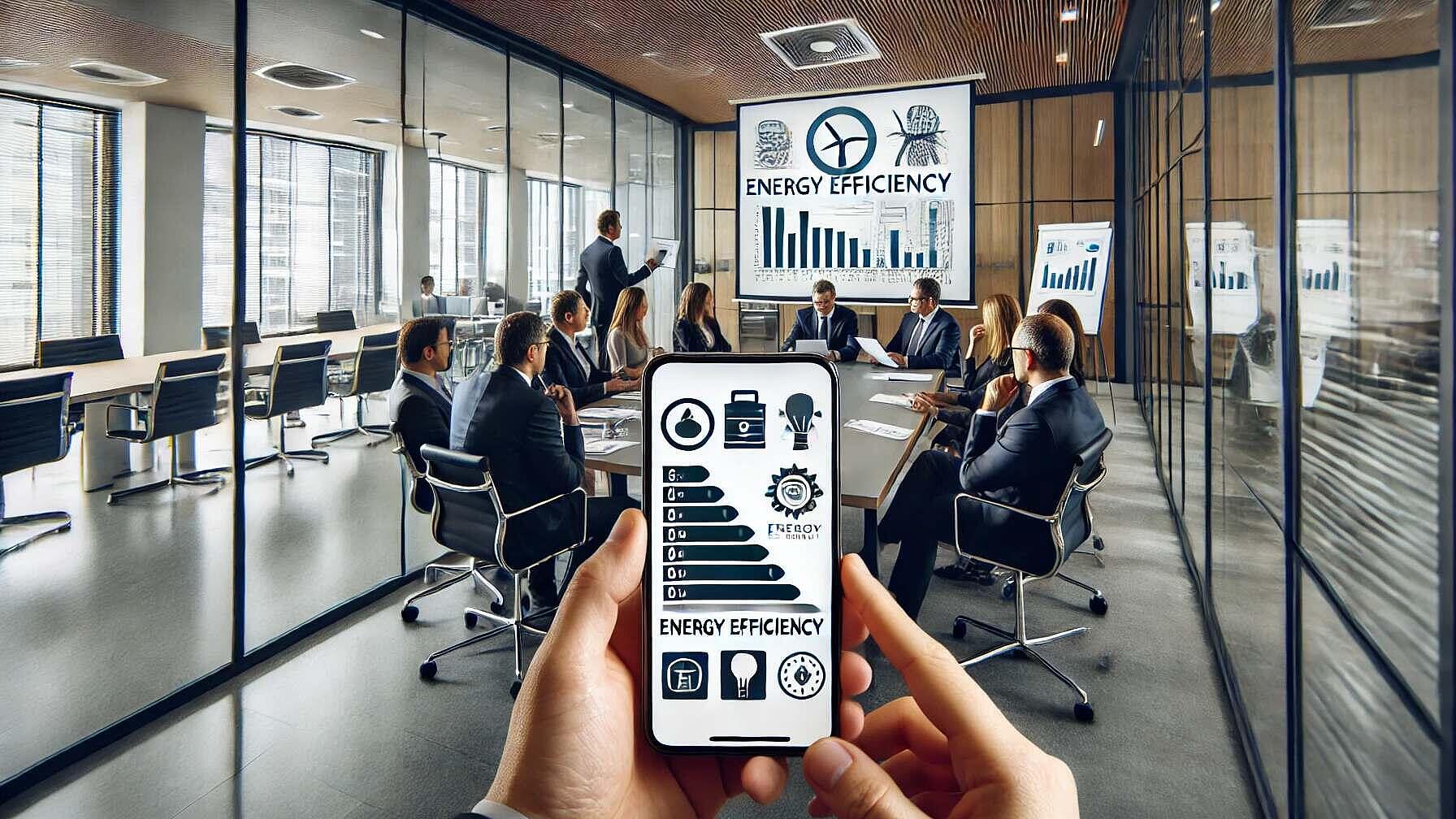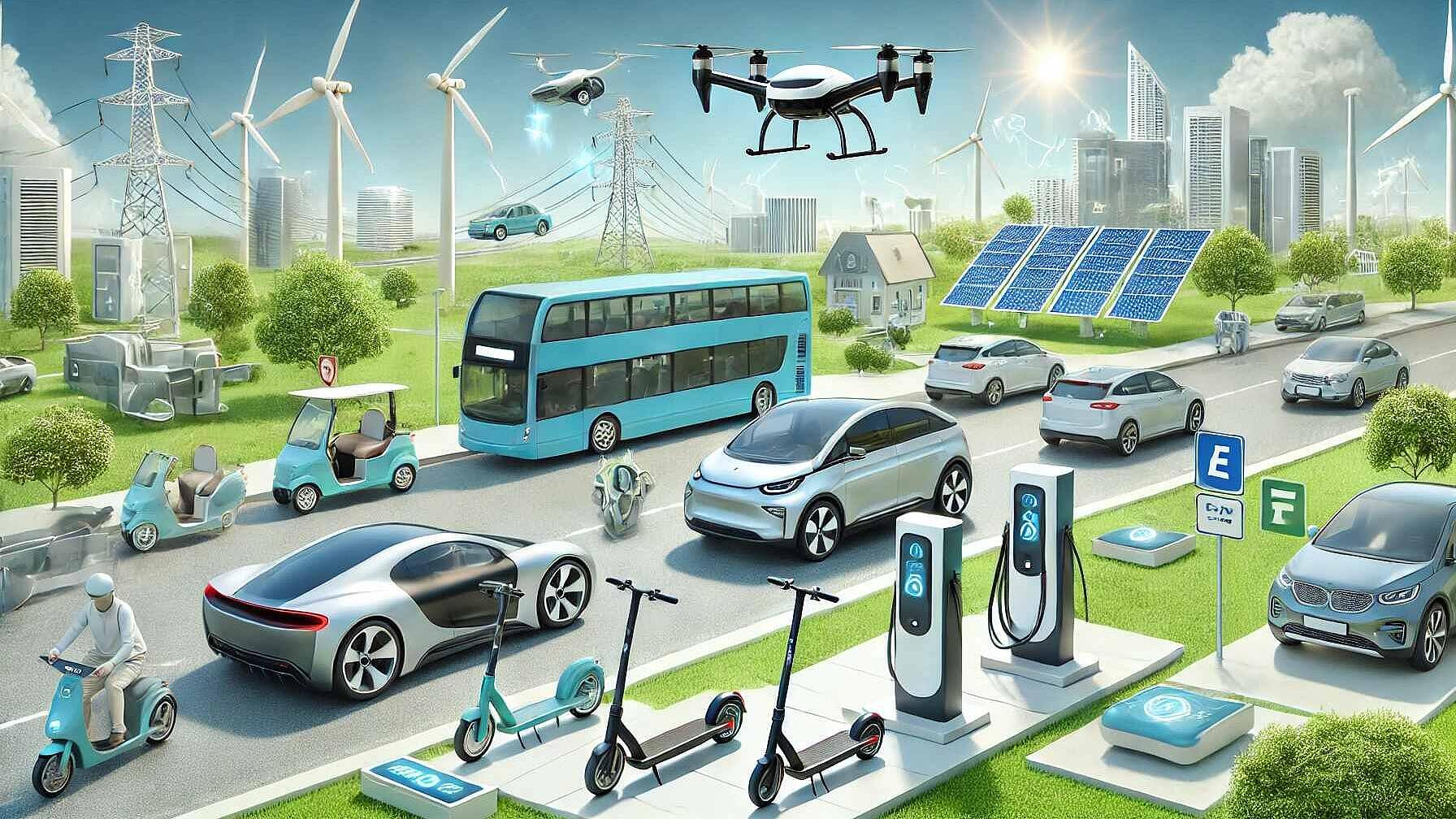 Artigos
ArtigosThe Future of AI: Navigating the AI Act and its impact on energy transition
The European Union's AI Act establishes a legal framework for AI that prioritizes human-centric and trustworthy development while safeguarding fundamental rights. It introduces a risk-based classification for AI systems, categorizing them into four levels (unacceptable, high, limited, minimal risk), with corresponding regulations. High-risk AI systems must adhere to stringent requirements, including risk management, data governance, and transparency. Compliance and enforcement are outlined with the creation of an AI Office and national authority roles, and non-compliance penalties are enforced to ensure accountability. In the energy sector, AI has the potential to revolutionize supply chains, enhance efficiency, and integrate renewable sources. Smart grids managed by AI can improve reliability by balancing supply and demand in real time. AI-driven predictive maintenance can reduce downtime and maintenance costs, facilitating a smoother integration of renewable energies. On the demand side, AI enables energy optimization for consumers and industries through smart meters and energy management systems, promoting efficiency. The International Energy Agency (IEA) recognizes AI's role in achieving energy efficiency and sustainability, highlighting the need for robust data governance and international cooperation. The AI Act is poised to foster responsible AI innovation, fully exploiting AI's benefits in sectors such as energy while ensuring ethical compliance and collaboration among stakeholders. Europe aspires to set a global benchmark for AI regulation through continuous policy and practice refinement.
Leer Artigo completoAll you need to know: The EU's bold Energy Efficiency Directive
Directive (EU) 2023/1791 mandates a minimum 11.7% energy reduction by 2030, with specific targets for sectors and Member States. Emphasizing public sector efficiency, building renovations, and consumer empowerment, it sets a framework for sustainable energy use and addresses energy poverty, providing measures for enforcement and financing.
Leer Artigo completoGame Changer: How Energy Audits are Transforming Small Businesses
Energy audits are becoming vital for SMEs in Europe, offering detailed analysis of energy usage and efficiency, highlighting cost-saving measures. They notably influence investment decisions in energy-efficient technologies, with smaller firms and innovative companies benefitting the most. However, financial constraints remain a barrier to implementing energy-saving opportunities.
Leer Artigo completoEnergy Efficiency Or How SMEs Can Revolutionize Their Bottom Line
SMEs overlook 10-30% energy savings due to incomplete audits and complex consumption patterns. Adopting EMS offers cost reduction, improved productivity, regulatory compliance, and enhanced reputation. Barriers such as perceived costs, resource constraints, and lack of commitment hinder EMS implementation. Technology aids effective energy management, with smart meters and IoT enabling real-time data tracking. Best practices include starting with energy audits, setting reduction goals, and engaging employees. Successful EMS adoption in SMEs contributes to carbon emission reduction and energy transition goals, aligning with EU support for SME recovery and innovation.
Leer Artigo completoEnergy Efficiency in Food Manufacturing: Sustainable Growth Through Smart Technologies
The paper discusses the critical role of energy efficiency in food production, emphasizing the need for food manufacturers to adopt energy management practices to remain competitive and sustainable. It outlines the benefits of benchmarking and KPIs, the adoption of frameworks like ISO 50001, and the utilization of advanced monitoring, control systems, and ICT for improved energy performance. It also addresses barriers to implementation and strategies for overcoming these challenges.
Leer Artigo completoEnergy Efficiency Reloaded: How European SMEs Are Driving Sustainability and Savings
SMEs, at 98.9% of European businesses, collectively account for 13% of energy demand, presenting significant energy efficiency potential. Barriers include financial constraints and lack of energy management. Supportive policies and tailored programs can incentivize efficiency improvements, leveraging SMEs' key role in reaching the EU's energy goals.
Leer Artigo completoUnlocking Energy Efficiency: How Top Management Decisions Shape Industrial Sustainability
The survey of European industries on energy efficiency reveals high concerns for energy costs, positive attitudes towards exceeding environmental standards, yet a notable gap in adopting recommended energy-saving measures due to factors like cost, complexity, and management decision-making.
Leer Artigo completoEvent: AI & Digital Platfrom enabling the Circular Economy Transition
CircularPSP, a Horizon Europe-funded project, unites eight cities to transition to a Circular Economy, addressing sustainability by investing €5.64 million in R&D. It fosters municipal innovation through AI, collaboration, a follower network, and hosts events discussing circularity challenges and solutions.
Leer Artigo completoOverview of main actors in the e-mobility ecosystem
The paper addresses the EU's transition to electric vehicles (EVs) as key in decarbonizing transport sector emissions, crucial to achieving 2040 climate targets. The EV ecosystem involves various stakeholders, including OEMs, CPOs, and DSOs, working together towards electrification. Policies like RED, AFIR, EPBD, and the Sustainable Battery Regulation support this shift, while investment in EV infrastructure is projected to significantly increase. Data sharing is emphasized as essential for ecosystem efficiency.
Leer Artigo completoJuly Quiz OPEN - EnerWhizz: The Electrifying New Mobile Quiz from EEIP
EnerWhizz, launched by EEIP, is a mobile quiz game promoting energy innovation knowledge through fast-paced yes-or-no questions. Top scorers win monthly prizes. The game, based on the EU-funded EENOVA project, aims to educate on energy transition technologies, policies, and best practices.
Leer Artigo completo








